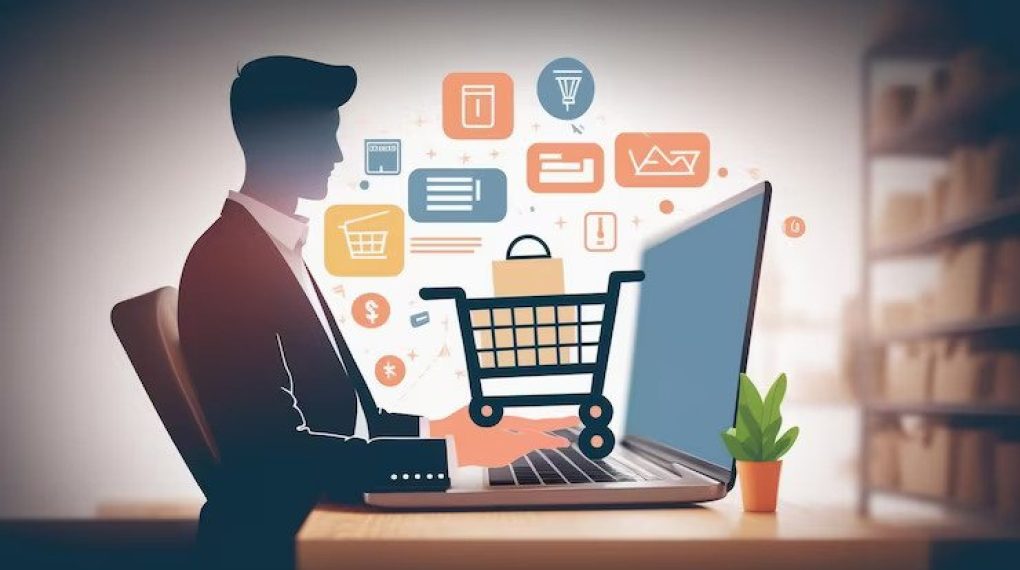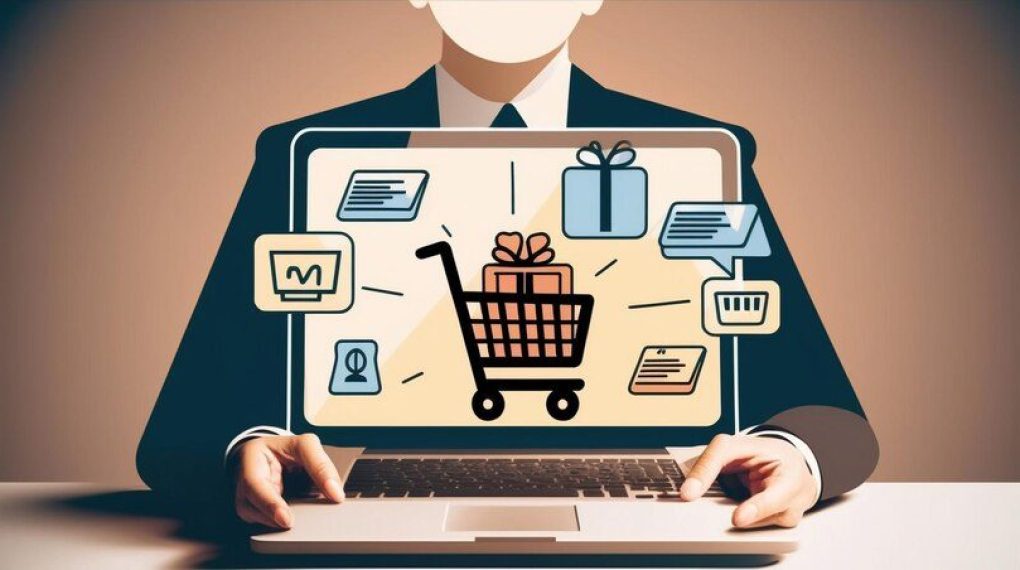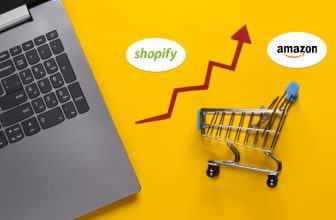
Thanks to the rapidly growing eCommerce industry, starting an online store has joined the list of the most reliable business ideas to embrace in the 21st century. However, many online businesses have failed due to poor starting and inadequate details regarding the concept.
Starting an eCommerce business requires determination and dedication. Unfortunately, at least 60% of e-commerce businesses fail due to undesirable websites and planning. By adhering to the right policies, you can succeed in your online business, even as a beginner. Of course, this may require effort and determination. However, everything can become manageable when a successful e-commerce professional guides you through the relevant steps.
Starting an online business is a gradual procedure involving several steps. Below are essential guidelines for eCommerce beginners.
Step #1: Understanding eCommerce

E-commerce (Electronic Commerce) is simply buying and selling products online. Thanks to increasingly developing technologies, this industry has seen significant positive change over the past few years.
E-commerce business people can embrace different online store operations methods, including consumer-to-consumer, business-to-business, and business-to-consumer. After understanding how e-commerce works, you can easily manage an online store.
Step #2: Use E-commerce Fulfilment Services
Ecommerce fulfilment services are among the most crucial subjects in the industry that anyone planning to dive into the sector should understand critically. It generally refers to storing, picking, and shipping products as customers order. As an online business, you can undertake e-commerce fulfilment services or involve a third-party logistics company.
A logistics company offers warehousing services regarding e-commerce fulfilment, including warehousing to store a business’s inventory. These companies also process and package orders for online business stores.
Utilizing eco-conscious storage solutions, such as custom cardboard shipping boxes, can align with sustainability efforts and promote the use of recyclable materials throughout the e-commerce journey, contributing to a greener, more eco-friendly supply chain.
E-commerce fulfillment services aren’t complete without shipping, which involves transporting goods to customers. The business or logistics company is still responsible for any returns or refunds part of the process. E-commerce fulfillment services ensure smooth business running while minimizing costs due to poor inventory management.
Step #3: Choose the business model and products/services

The next step in starting an online business is developing the business model you wish to adopt for your store. This is done alongside the products/services you desire to sell. As discussed previously, three main e-commerce business models exist, including C2C, B2C, and B2B. You should choose a business model that aligns with your financial goals and available resources.
Choosing products/services for your online store may also be slightly challenging as it requires you to conduct thorough market research and analysis. Your research should focus on competition, demand, market trends, and anything else you prefer. After the examination, you should analyze your findings to select the best products/services possible.
Step #4: Create and design an online store
Step four of starting an online business is creating a visually presentable and consumer-friendly website. To achieve better results, you can use popular online business platforms such as Shopify. While such platforms require businesses to pay a stipulated monthly or annual fee to create a website, they’re beneficial in ensuring your business attracts the right customers.
Your online business website should be well-designed to suit different customer needs and be easy to navigate. Designing a website includes providing readable fonts and layouts, displaying high-quality images, and making everything easily accessible to consumers. That way, customers will naturally be attracted to your business and what it offers.
Step #5: Add products, payment, and shipping gateways

Now that you have a well-designed business website, you can add the products you intend to sell. You should accompany each product with detailed information regarding its usage instructions, benefits, features, and category classes. This is also the right stage to add your preferred payment methods, such as PayPal or credit cards.
Customers want to know how a product will reach them after shopping, so businesses must highlight their delivery choices. In most online businesses, shipping is the preferred method of delivery due to its bulkiness and affordability. You should also specify any shipping costs and taxes.
Step #6: Marketing and selling from your online store
The next step in starting an online business is marketing and selling your online store. Since you’ve successfully created a store, you can now attract potential clients by embracing marketing techniques such as email campaigns, content, social media marketing, or Search Engine Optimization (SEO).
Your chosen marketing strategy should increase the pool of customers in your online store, especially when combined with others. Once the customers have started approaching your store, it should be time to finally start selling your products/services with excellent customer service.
While selling, online businesses should remain active in responding to consumer inquiries, offering feedback, and communicating effectively. It’s also advisable to analyze your business performance regularly (maybe every three or six months) and make adjustments where applicable.
Read Also:






